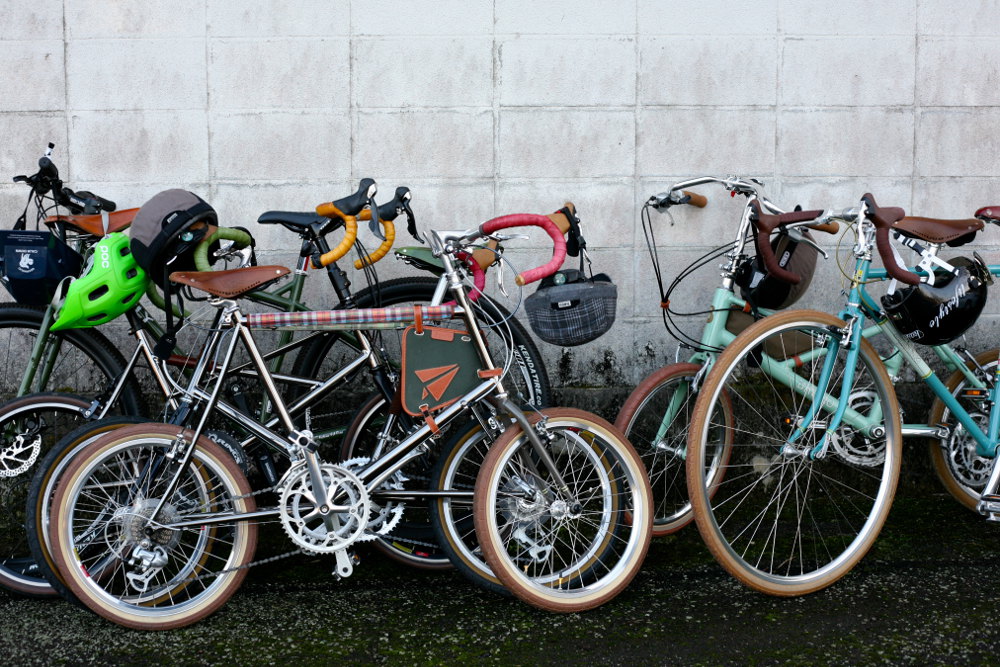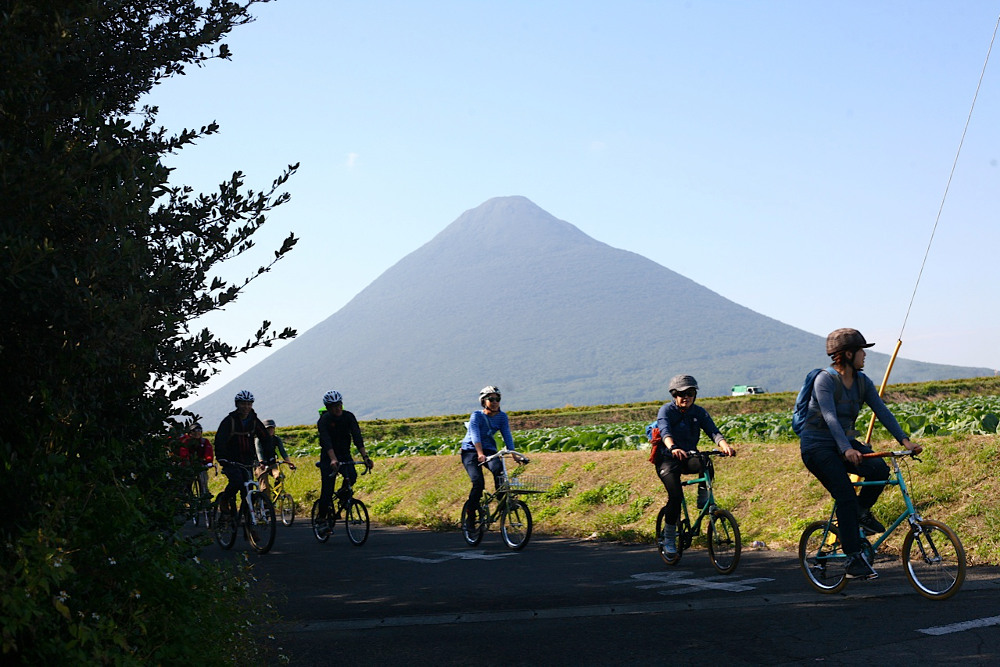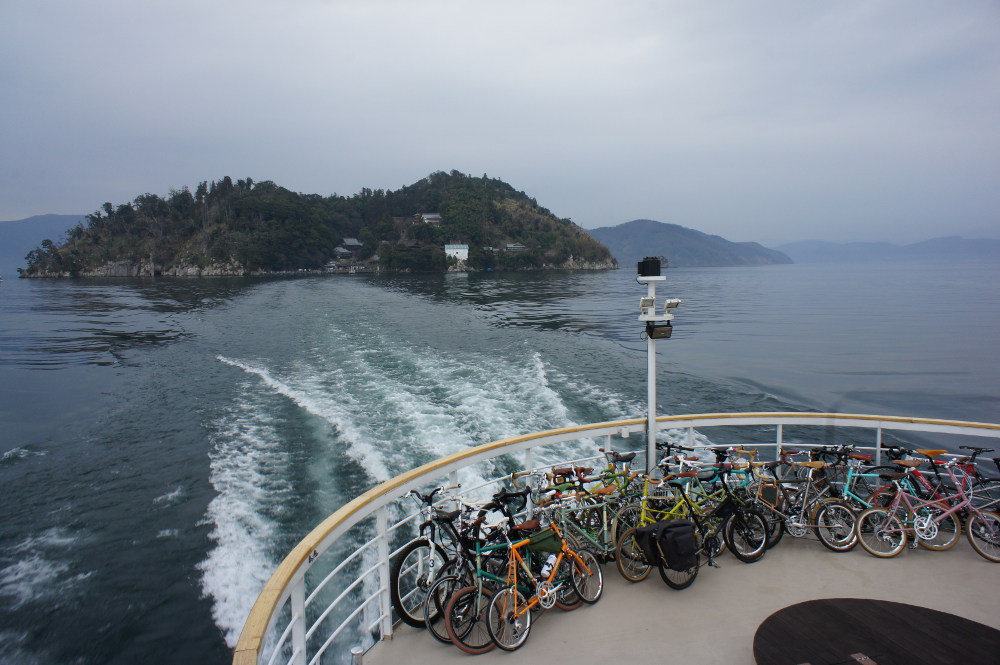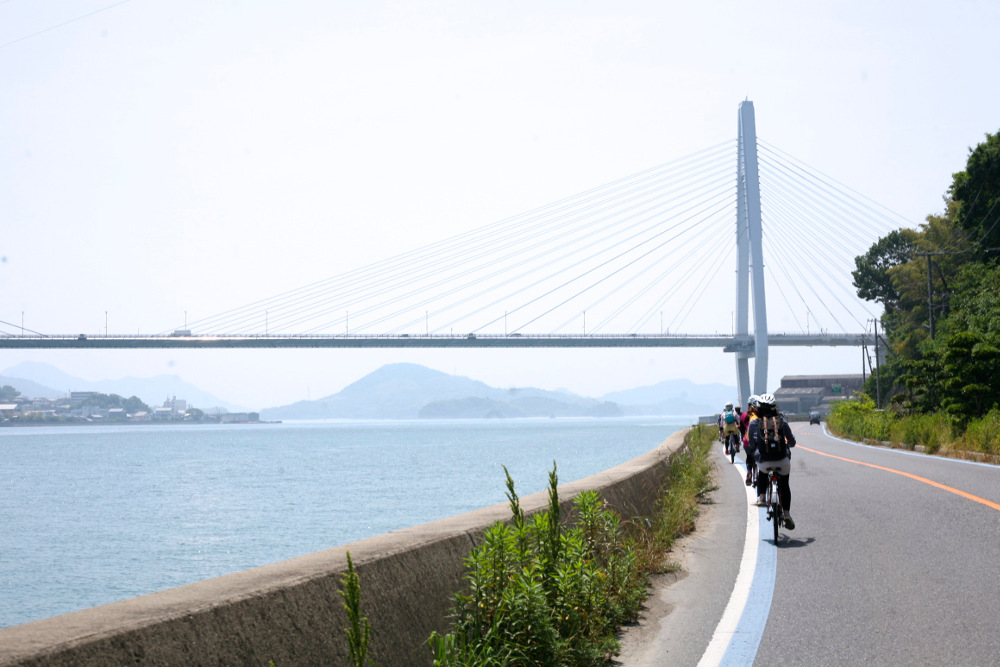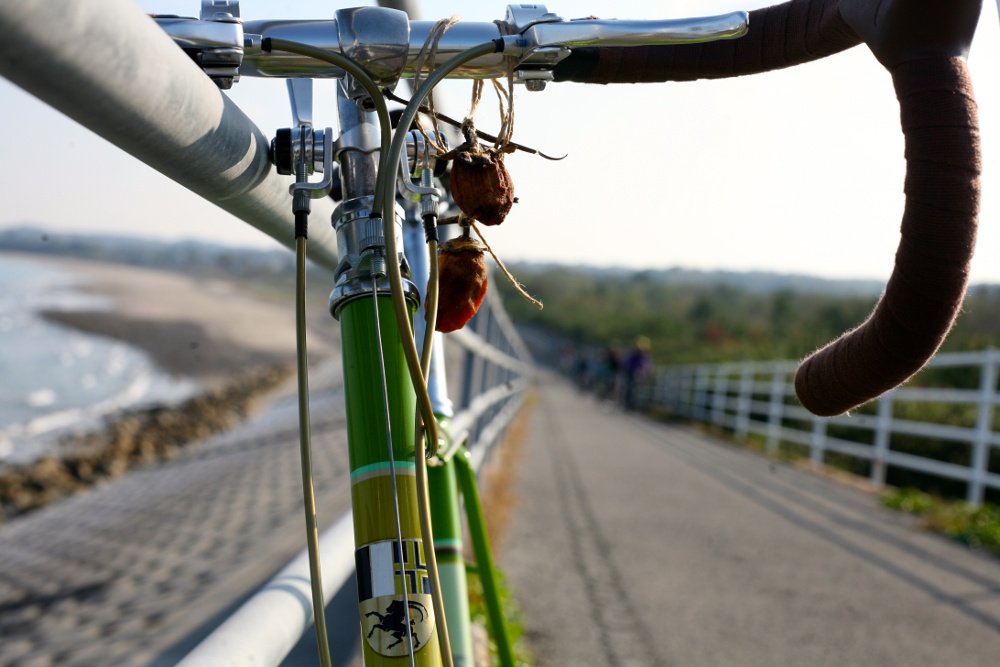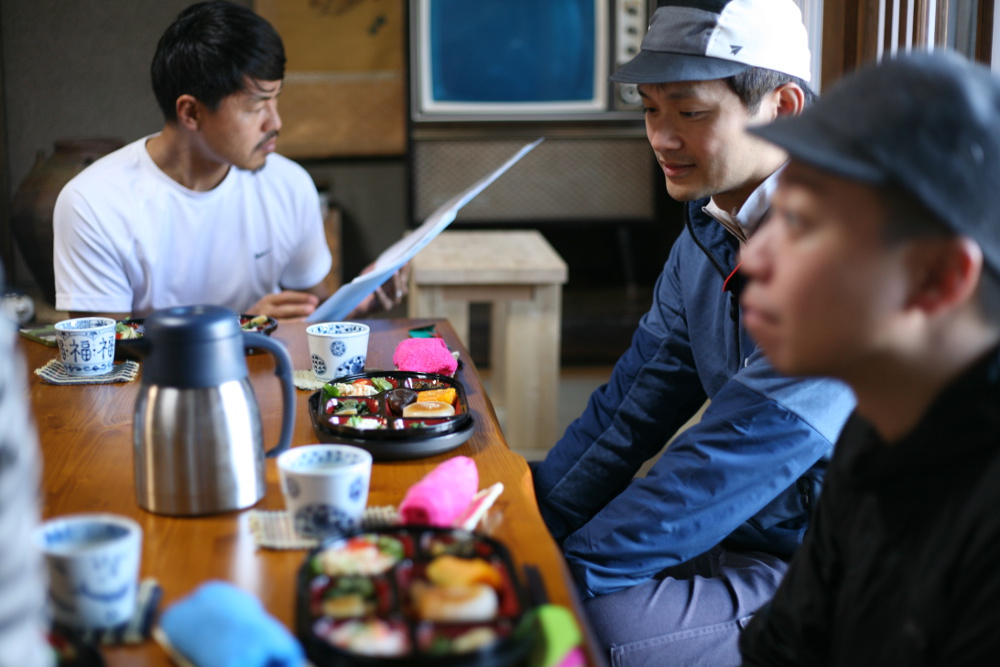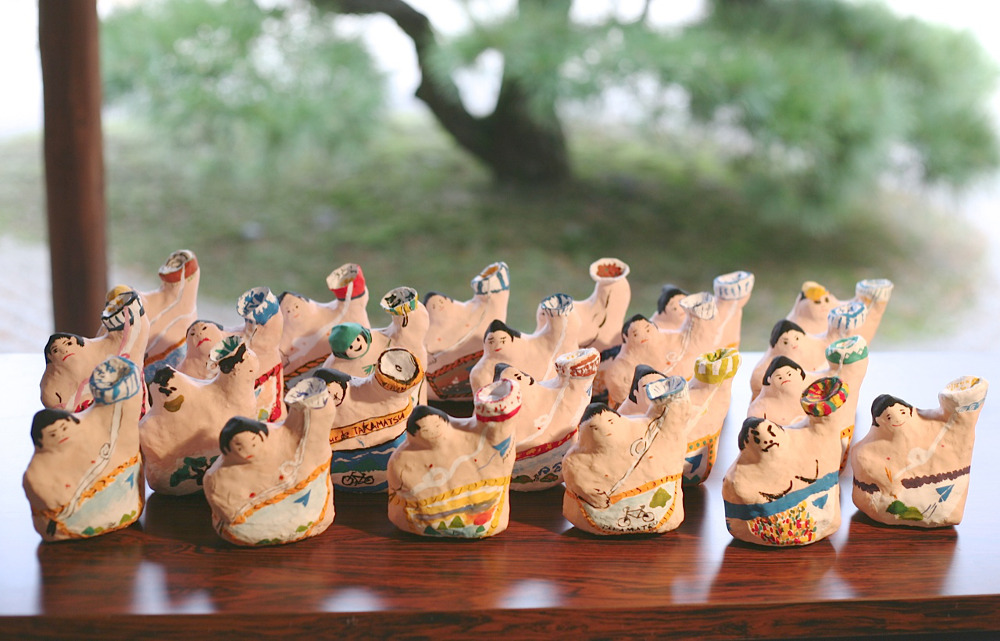Writer and publisher Max Leonard reflects on his latest project, rediscovering a lost guide to the trails, tracks and romance of travelling the Alps by bike
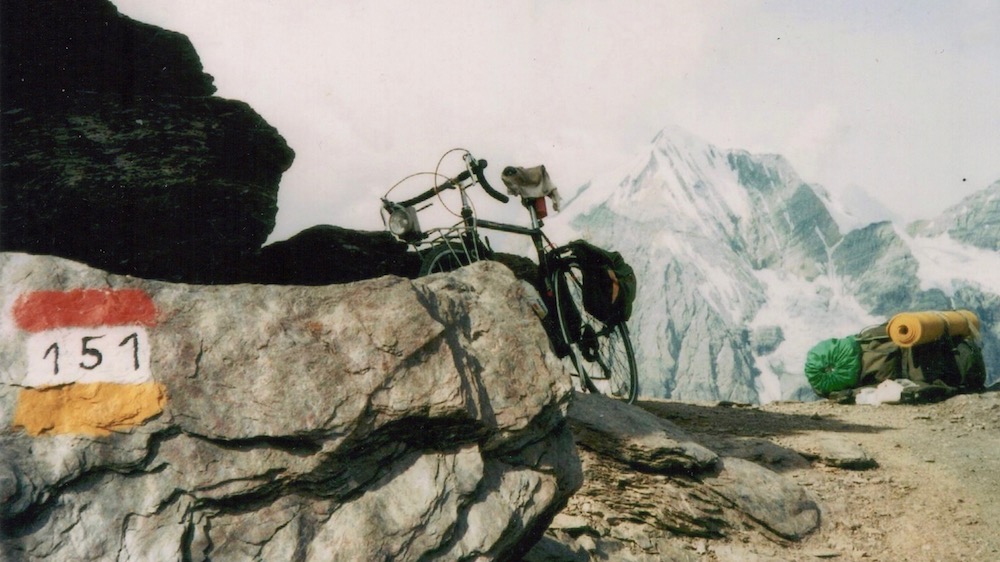
After some years of writing about and cycling in the mountains I have come to regard a road or a track, even one crossing the most desolate and beautiful high landscapes, as something friendly. It indicates that somebody has passed before you, and passed somewhere intentionally – somebody probably on the way to somewhere warmer and more hospitable than where you are currently. A path is an invitation.
Guide books are similar. They are an invitation to follow in someone else’s footsteps, or wheeltracks, depending on the guide. And, in the case of Fred Wright’s Rough Stuff Cycling in the Alps, probably both.
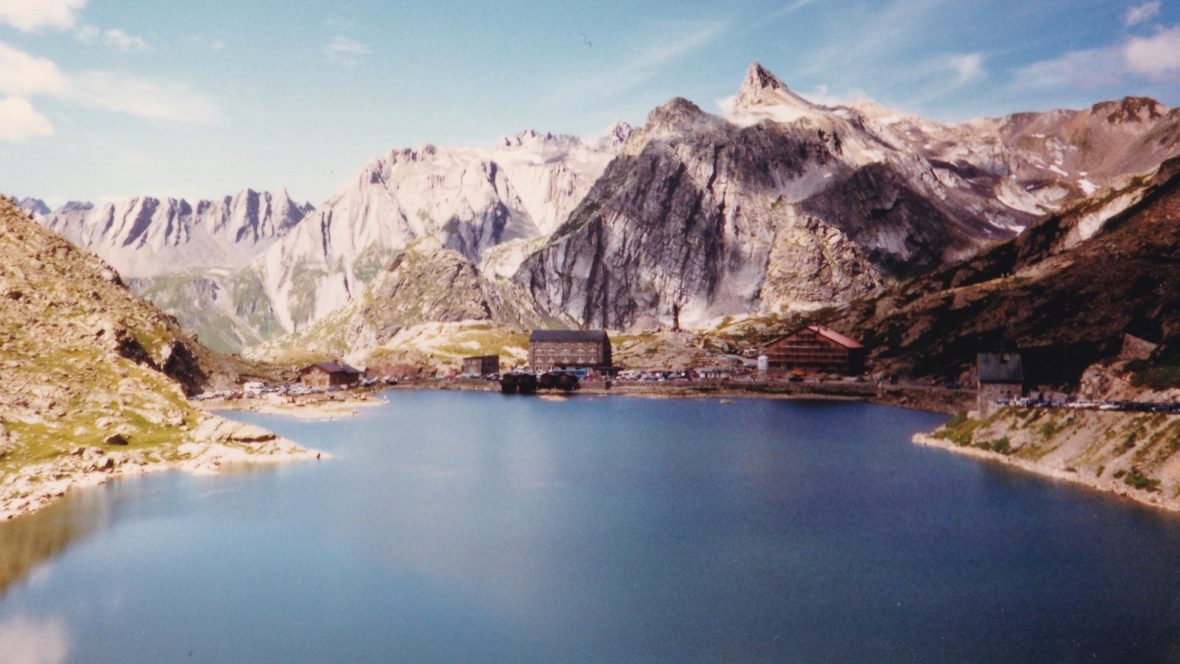
I first found a mention on the internet of Fred’s book when I was researching one of my own, Bunker Research, a photobook about the World War II concrete bunkers on France’s Alpine border with Italy. This involved a lot of riding and hiking along unpaved military stradas, often at 2,000m altitude or more, which Fred had seemed to know about, and I became somewhat obsessed.
Fred’s book was the original guide to adventuring by bike in the Alps. Gravel biking before gravel bikes – even mountain biking before mountain bikes, in some cases – and a very English yomp in the best possible way. But he only printed and self-published a hundred or so, and I could not find a copy anywhere. It was frustrating – and especially since I thought there would be many people fans of bikepacking and adventure touring who, like me, would appreciate the accumulated wisdom of a generations of cyclists who had pioneered riding and hike-a-biking in the high peaks.

So, eventually, I decided to republish it. A friend lent me a copy and put me in touch with Fred himself, which led to a meeting in Ashford railway station and Fred, now 82, handing me albums of old photographs to scan.
Suddenly, the careful descriptions in the book came alive. There he was, preserved in beautiful old film tones as a younger man, sometimes with a knapsack, always wearing a snazzy shirt, staring out of the lens, inviting us to come and join him.
Perhaps I am getting old and grumpy, but for the first time I can see a generation after mine discovering the Alps. They are delighting in the same old stories that we did: stories of the glamorous Fausto Coppi breaking away on the fearsome Col d’Izoard, and of ice-cool Federico Bahamontes stopping on a climb in the Vercors Massif to eat an ice cream while he waited for his pursuers; or of Walter Bonatti in the Dolomites or Whymper on Mont Blanc.
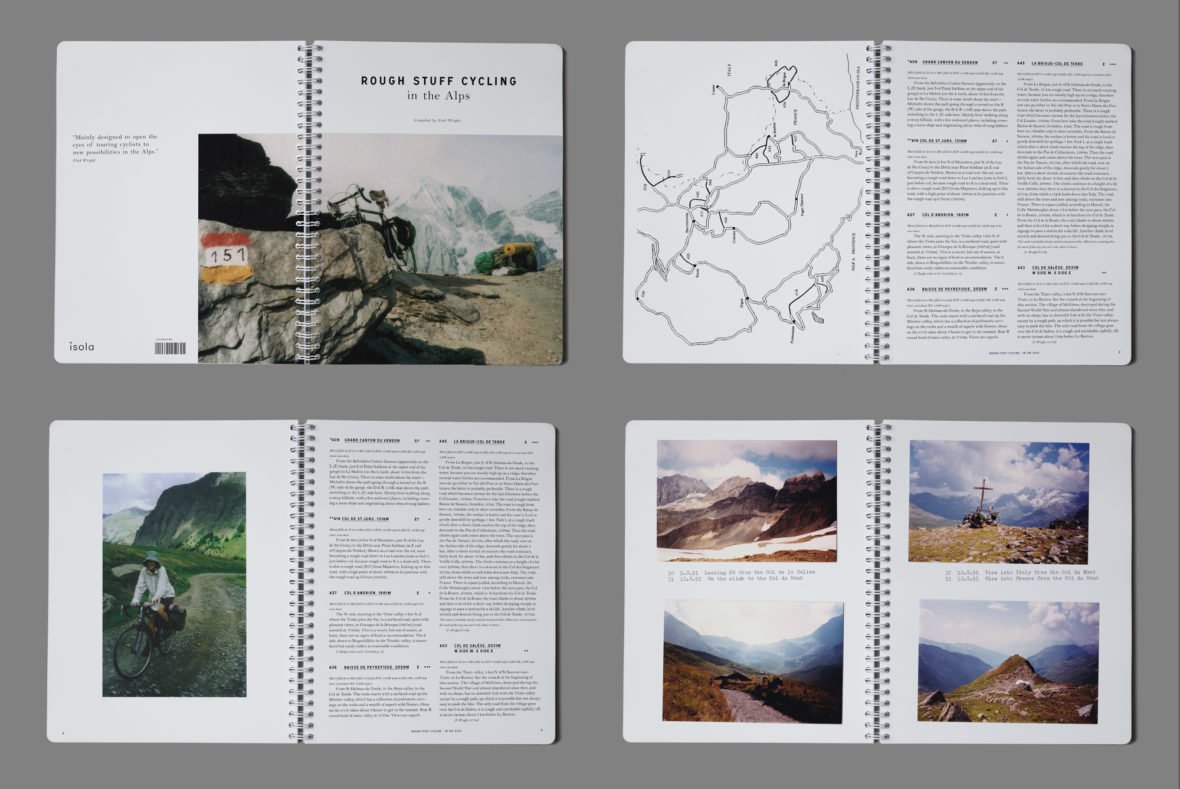
And though I am perhaps getting old and grumpy I do not begrudge them, because the truth is I have loved those stories too. But I cannot tell them any more. I have told them enough and what were once distant peaks are now warm and familiar lowlands. Luckily, I am finding new stories, following in Fred’s footsteps as he opens up new landscapes and vistas before me. Thanks to his Rough Stuff Cycling in the Alps, we all can.
The reprint is going well, and I am delighted there are so many wanting to walk his path. Now I can almost see him up there, at the top, holding his bike and looking back at us, showing us the way.











